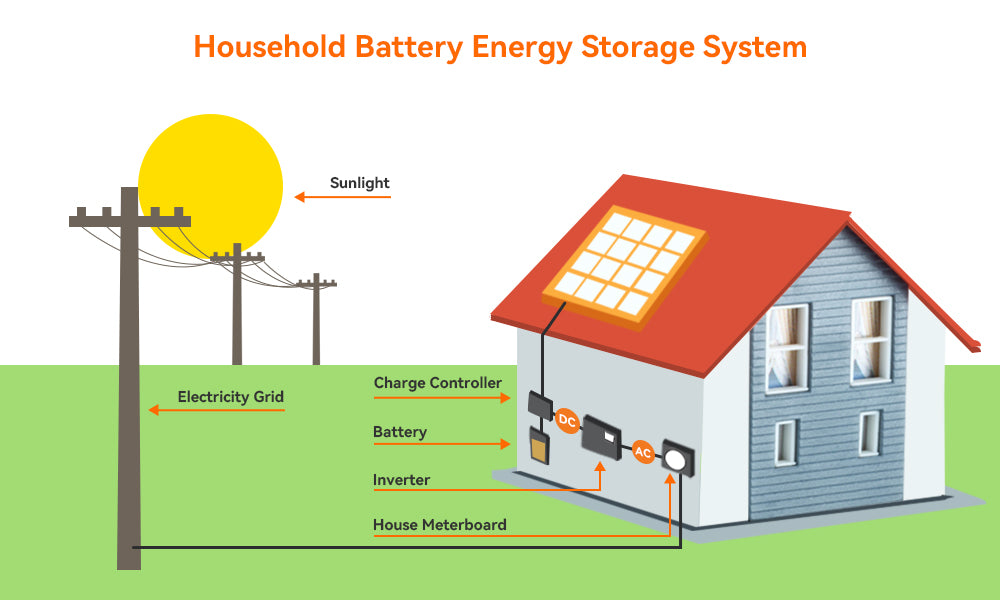Solar trickle charger is an important part of the whole solar system. It can be sued to charge many devices, like ebike. frigirater, airconditioner and so on. And you can even use it to charge the car at your home. Then can you leave a solar trickle charge all the time, or how many watts does a trickle charger use? Please read carefully to get more info.
What Is a Solar Trickle Charger?
A solar trickle charger is a tool that uses solar power to charge various devices. These low-power charging devices are excellent for charging smartphones, laptops, or tablets.
They can be left plugged in all the time, providing an outlet for these devices at home without using grid power.
It’s also a great option for battery charging and can be used with or without overcharge protection, although it is generally recommended to use a solar trickle charger with overcharge protection.
In general, a solar trickle charger can be left connected to a battery all the time. Most commercial chargers are designed to either generate very low power or incorporate over-charge protection. It’s always preferable to use a simple solar charge controller with any solar charging application.
How Does a Solar Trickle Charger Work?
A solar trickle charger is powered by a solar panel, which is composed of multiple solar cells – panels used to charge 12 volt batteries have 35 cells and Voc (open circuit voltage) of 21 volts.
A solar cell generates an electrical current from the sunlight and transfers it to the charging device, which then charges the devices connected to it. The typical power rating for a solar trickle charger is 0.5-10 watts.
How Many Watts Does It Take to Charge a Battery with a Solar Panel?
A solar panel output is measured in watts, and it can vary from product to product. Solar panels can generate up to 350 watts, but solar trickle chargers are very low power, just a few watts.
In order to charge a battery, you will need a panel to generate more voltage than the battery, and also have a minimum power rating, which is determined by your battery size.
The big factor affecting solar panel output, assuming it’s unshaded, is the irradiance which is a measure of the amount of the sun’s energy reaching the panel measured in kWh/m2/day or year.
Incidentally, this value if also known as the peak-sun-hours for a particular location and is used by solar installers to assess solar panel output energy in kWh.
How Much Energy Does It Take to Charge a Vattery?
Batteries are rated in ampere-hours (Ah). On the face of it, any calculation seems simple – if you have a battery of 50Ah, then you should be able to draw 25 amps for 2 hour. Unfortunately, this is wrong.
A normal lead-acid car battery should only be discharged to 25% maximum, so it’s effective capacity is much less than its rated capacity in Ah. Even a deep-cycle marine battery should only be discharged between 50% and 80%.
We need to express battery capacity in energy in Wh rather than Ah – this is done using the following formula:
Wh = Ah x V


